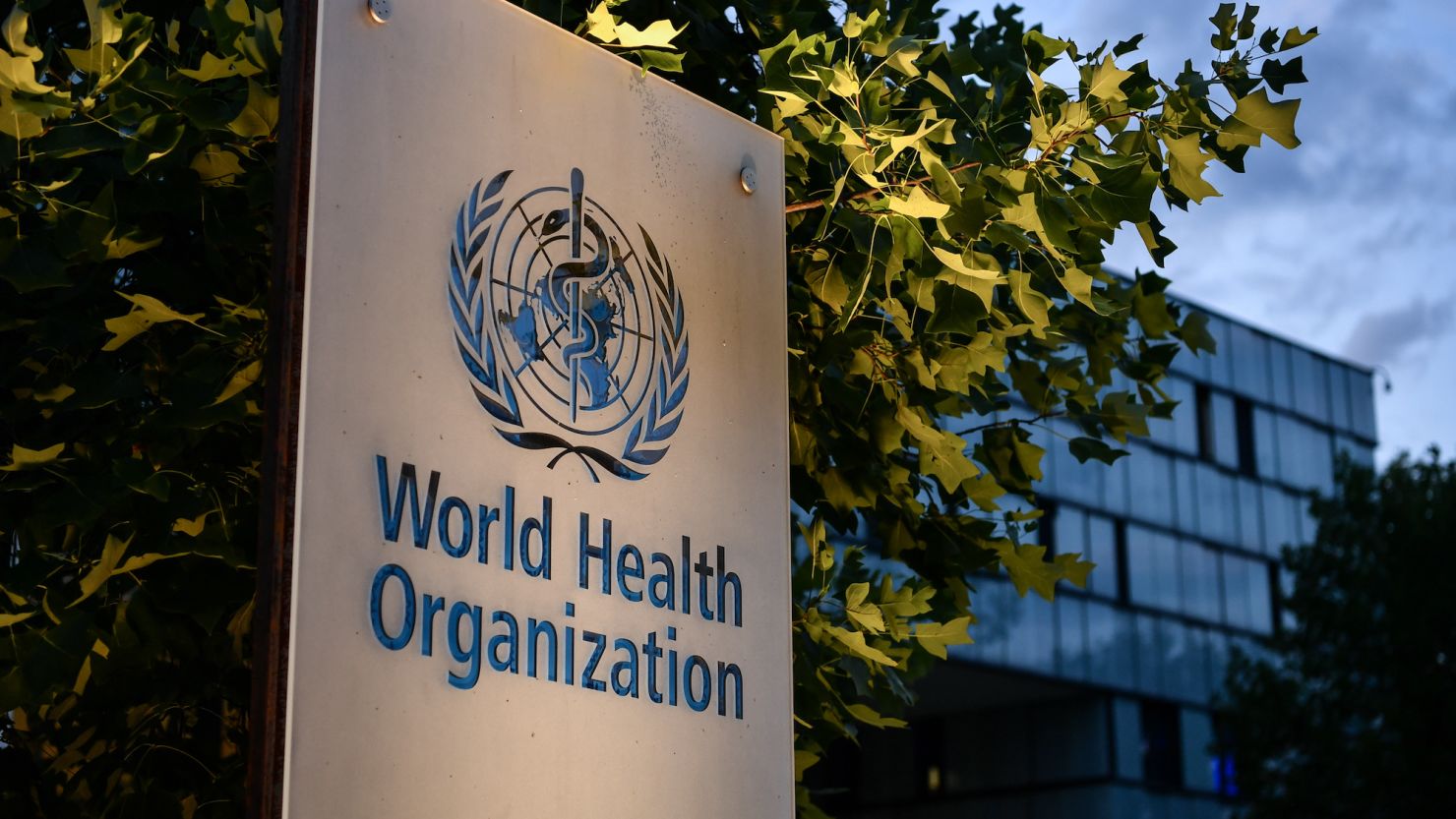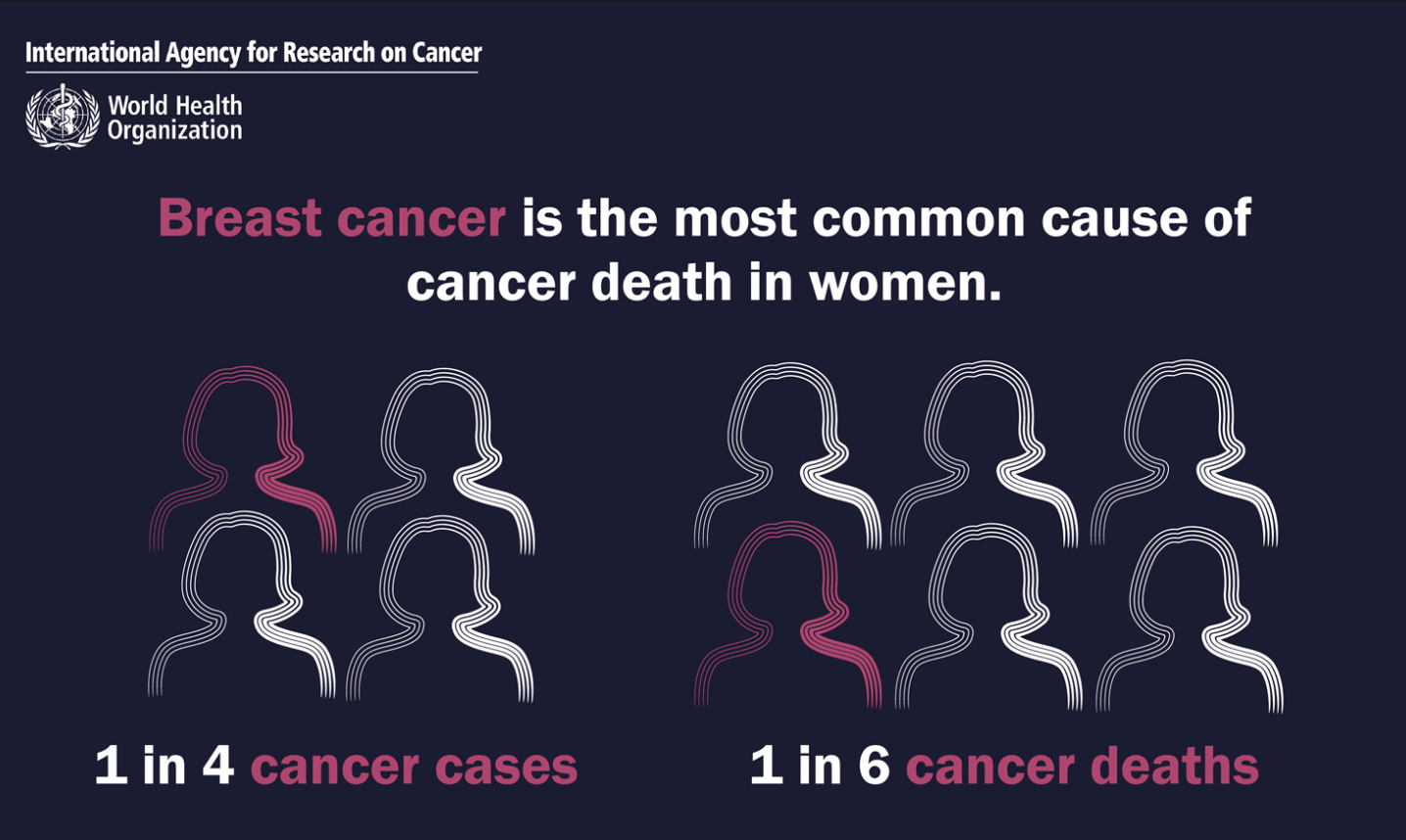As the world marks World Cancer Day on February 4, the International Agency for Research on Cancer (IARC), under the auspices of the World Health Organization (WHO), has released its latest estimates on the global burden of cancer.

Global Cancer Statistics in 2022
The estimated number of people living within five years of a cancer diagnosis stands at 53.5 mn.
A major revelation from the WHO's global survey on Universal Health Coverage (UHC) and cancer financing is the inadequacy of funding for priority cancer and palliative care services in many countries. A significant majority of nations, as highlighted in the survey results from 115 countries, do not adequately cover the basics of cancer management or palliative care in their financed core health services.
Major Cancer Types in 2022
Gender Disparities in Cancer Incidence and Mortality
Differences in cancer incidence and mortality between genders are notable. Breast cancer ranks as the most commonly diagnosed cancer and leading cause of cancer death for women, while lung cancer takes the lead for men. Prostate and colorectal cancers are the second and third most common cancers for men, while for women, lung and colorectal cancers occupy the second and third spots in both incidence and mortality.
Inequities in Cancer Burden by Human Development Index (HDI)
The WHO's global survey highlights significant inequities in cancer services, especially in HBPs. Lung cancer-related services and radiation services are reported to be 4–7 times more likely to be included in HBPs in high-income countries compared to lower-income countries. Stem-cell transplantation, a critical service, is a staggering 12 times more likely to be included in HBPs of high-income countries.
Projected Cancer Burden Increase in 2050
Looking ahead to 2050, the projections paint a dire picture with over 35 mn new cancer cases predicted, marking a 77% increase from 2022. The burden will be most felt in low and medium HDI countries, where the proportional increase in incidence is strikingly high. Despite the expected absolute increase in high HDI countries, the impact of the rising global cancer burden will disproportionately affect those with fewer resources.
Situation in Uzbekistan
In the year 2023, Uzbekistan witnessed a total of 172.8 thousand deaths, marking the first increase since the onset of the COVID-19 pandemic in 2020, when mortality rose by 13.6%. Subsequent to the pandemic, both 2021 and 2022 experienced a decline in the number of deaths by 0.6% and 1.4% respectively. However, by the conclusion of 2023, there was a slight uptick of 0.4%.
The primary causes of death in the reported year were attributed to various factors:
- Diseases of the circulatory system accounted for 61.1%.
- Neoplasms and cancer contributed to 10.8%.
- Respiratory diseases constituted 5.5%.
- Accidents, poisonings, and injuries made up 4.8%.
- Diseases of the digestive system represented 4.1%.
- Infectious and parasitic diseases comprised 1.3%.
- Other diseases collectively contributed to 12.4%.

In countries like Uzbekistan, there is a correlation between increasing Human Development Index (HDI) and rising cancer incidence rates. Globally, Uzbekistan falls within the moderate range for cancer incidence, but the mortality rates are notably high, indicated by a significant mortality-to-incidence ratio. In Uzbekistan, three primary cancers—breast, stomach, and lung cancer—contribute to approximately one-third of both cancer incidence and mortality. When including cervical cancer, colorectal cancer, and liver cancer, these six major cancers collectively represent slightly over half of all cancer cases and deaths.
Based on the 2020 WHO cancer country profile, the prevalence of cervical cancer in Uzbekistan stands at 6.4%, ranking it as the fifth most prevalent cancer. Despite being the fifth most common cancer, the 6.4% prevalence is noteworthy considering cervical cancer exclusively impacts women. In terms of overall prevalence among female cancers, cervical cancer holds the second position at 10.6%, trailing behind breast cancer at 24.9%. It is important to note that the actual incidence in Uzbekistan might be higher than reported figures. Cultural factors, particularly within Islamic traditions, could contribute to underreporting, as women may associate cervical cancer detection with accusations of infidelity or feel hesitant to discuss symptoms related to genital organs.
Earlier Daryo reported that Saida Mirziyoyeva, daughter of president of Uzbekistan underscored the pressing need, both globally and locally, to address cervical cancer. She expressed that cervical cancer poses a worldwide challenge, and Uzbekistan is not exempt from this concern. In her statement, she emphasized the inadequacy of insufficient efforts in tackling this disease.
Comments (0)